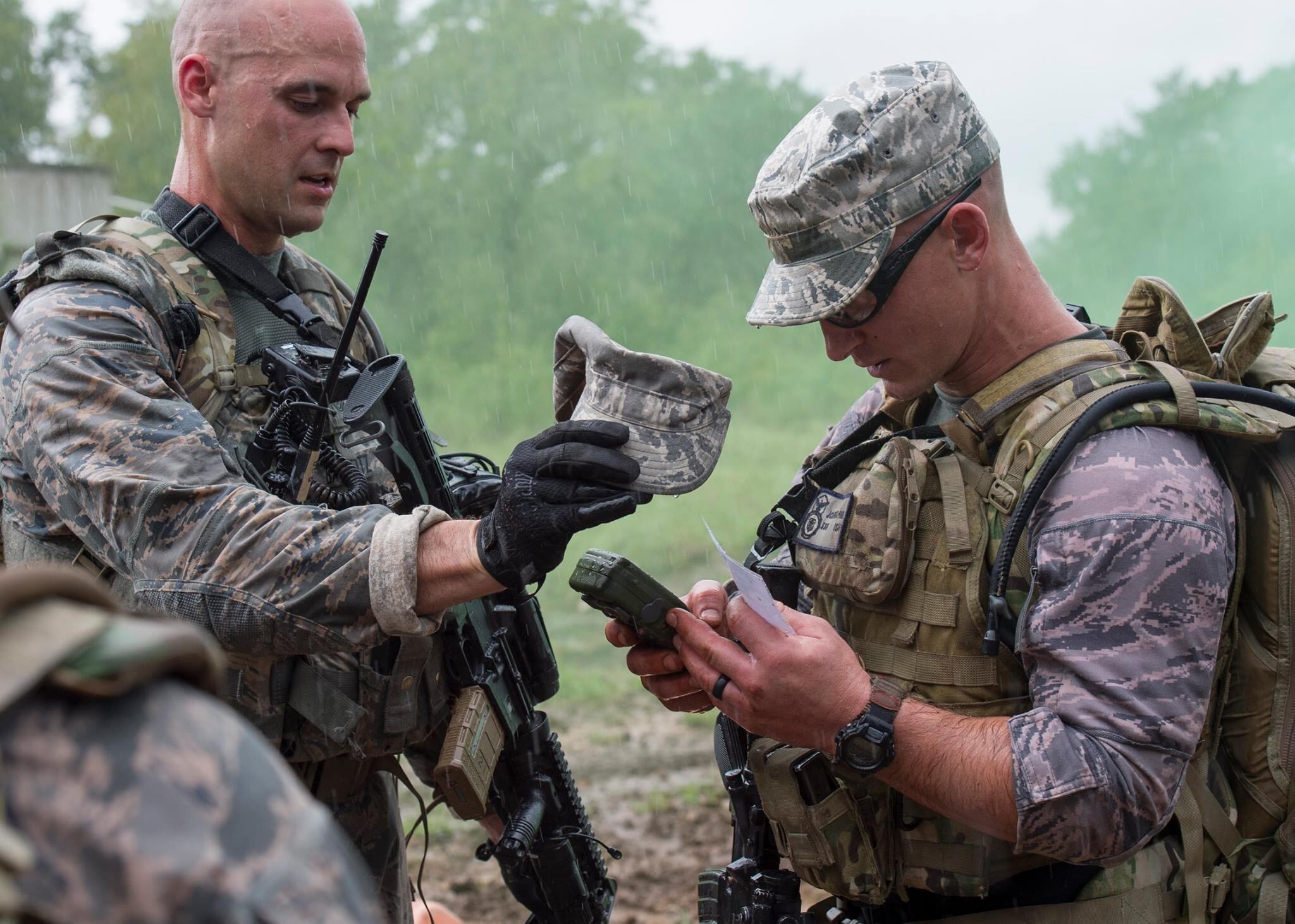An experimental Air Force navigation satellite has passed its preliminary design review, continuing a path to launch in 2022, the program’s primary contractor L3Harris Technologies announced Feb. 5.
Navigation Technology Satellite 3 (NTS-3) is a major vanguard program being developed by the Air Force Research Laboratory and the Space and Missile Systems Center to demonstrate new positioning, navigation and timing technologies that will inform how future GPS satellites work.
“The NTS-3 vanguard is an experimental, end-to-end demonstration of agile, resilient space-based positioning, navigation, and timing,” said Arlen Biersgreen, Air Force NTS-3 Program Manager. “It has the potential for game-changing advancements to the way the Air Force provides these critical capabilities to warfighters across the Department of Defense. The commitment demonstrated by United States Space Force to partner with AFRL and support technology transition was a key element in NTS-3 being designated as an Air Force vanguard in September 2019.”
Due to how far in advance satellite acquisitions are planned out, the technologies on board NTS-3 likely won’t make its way onto the current batch of 10 GPS III satellites, two of which are already on orbit. However, the technologies could inform the design and development of the GPS IIIF satellites, which will follow the fleet of GPS III satellites in the late 2020s. Lockheed Martin is the primary contractor for the Air Force on the GPS III program. L3Harris provides the payload on those satellites.
RELATED

And unlike other experimental satellites, NTS-3 could have an immediate benefit for the war fighter. Once in geostationary orbit, NTS-3 will actually augment the GPS constellation. Because other GPS satellites are constantly moving in medium earth orbit, NTS-3 will provide a unique, geographically focused PNT signal.
L3Harris was awarded an $84 million contract through the Space Enterprise Consortium in 2018 to be the prime system integrator for NTS-3.
The experimental satellite is on an aggressive development schedule, with plans to have it on orbit within 40 months of the time it was put under contract.
“We have moved from contract award to finishing an early design review in under one year, which is an amazing accomplishment for a satellite development program that normally takes twice that amount of time,” said Ed Zoiss, president of Space and Airborne Systems at L3Harris. “We have proven we can move quickly to support the Air Force’s go-fast mission requirements.”
Nathan Strout covers space, unmanned and intelligence systems for C4ISRNET.








